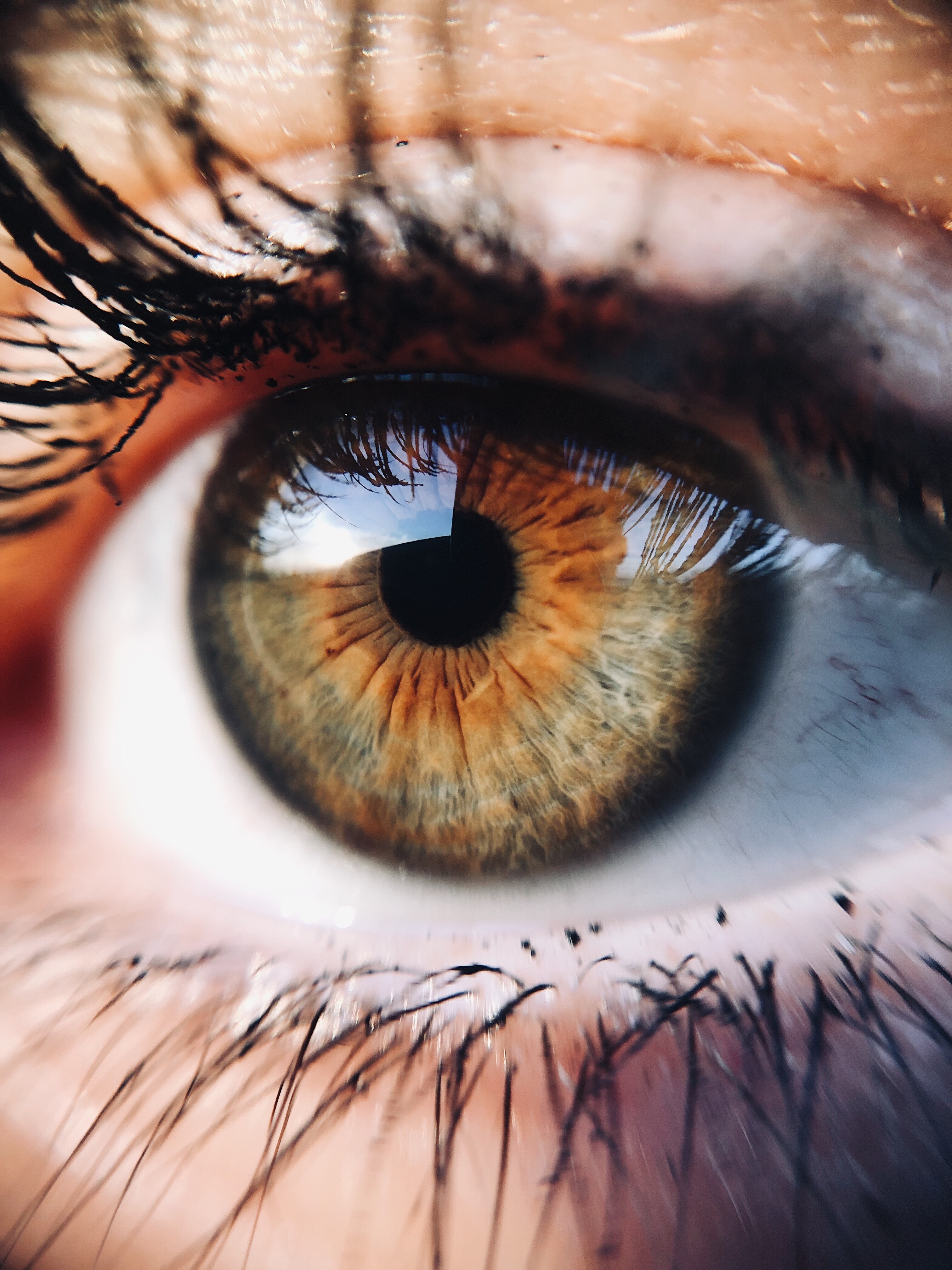
Published 2021-07-12
Keywords
- Red eye,
- hyperemia,
- ocular inflammation,
- conjunctivitis,
- infection
How to Cite
Copyright (c) 2021 McGill Journal of Medicine

This work is licensed under a Creative Commons Attribution-NonCommercial-ShareAlike 4.0 International License.
Abstract
Red eye is a common symptom that presents in primary care practice, and may be accompanied by pain, irritation, or discharge. It is a sign of ocular inflammation, often involving the anterior segment of the eye. Most causes of red eye are benign; however, the primary care physician must identify when urgent referral to an ophthalmologist is required. This may be achieved through targeted questioning regarding the chronicity, intensity of pain, vision changes, and associated symptoms. The following article outlines an approach to identifying the cause of red eye using history and physical exam findings. Common features of red eye disorders and their respective treatment modalities are discussed.
Downloads
References
- Heidelbaugh JJ. Primary Care Ophthalmology, An Issue of Primary Care: Clinics in Office Practice 42-3, E-Book: Elsevier Health Sciences; 2015 [cited 2021 Feb 13].
- Smith J, Severn P, Clarke L. Evaluation of red eye. 2018. In: BMJ Best Practice [Internet]. London: BMJ Publishing Group.
- Cronau H, Kankanala RR, Mauger T. Diagnosis and management of red eye in primary care. American Family Physician. 2010;81(2):137-44.
- Jacobs D. Overview of the red eye. In: Gardiner M, Givens J, editors. UpToDate. Waltham, MA: Wolters Kluwer; 2020 [cited 2021 Feb 13].
- Classroom Clipart. Human Eye Clipart. 2020.
- Merck Manuals [Internet]. How to Remove a Foreign Body from the Eye. Merck Sharp & Dohme Corp. 2020 [cited 2021 Feb 13]. Available from: https://www.merckmanuals.com/en-ca/professional/eye-disorders/how-to-do-eye-procedures/how-to-remove-a-foreign-body-from-the-eye#:~:text=Embedded%20foreign%20bodies%20need%20to,treated%20surgically%20by%20an%20ophthalmologist.
- Harper RA. Basic ophthalmology. Ninth edition. ed. San Francisco, CA: American Academy of Ophthalmology; 2010.
- Mayo Clinic Staff. Keratitis Rochester, Minnesota: Mayo Foundation for Medical Education and Research; 2020 [updated August 28, 2020; cited 2020]. Available from: https://www.mayoclinic.org/diseases-conditions/keratitis/symptoms-causes/syc-20374110.
- Diaz JD, Sobol EK, Gritz DC. Treatment and management of scleral disorders. Survey of Ophthalmology. 2016;61(6):702-17.
- Prum BE, Herndon LW, Moroi SE, Mansberger SL, Stein JD, Lim MC, et al. Primary angle closure preferred practice Pattern® guidelines. Ophthalmology. 2016;123(1):P1-P40.
- Frings A, Geerling G, Schargus M. Red Eye: A Guide for Non-specialists. Dtsch Arztebl Int. 2017;114(17):302-12.
- Leibowitz HM. The red eye. New England Journal of Medicine. 2000;343(5):345-51.
- Bernardes TF, Bonfioli AA. Blepharitis. Seminars in Ophthalmology. 2010;25(3):79-83.
- Vallabhanath P, Carter SR. Ectropion and entropion. Current Opinion in Ophthalmology. 2000;11(5):345-51.




